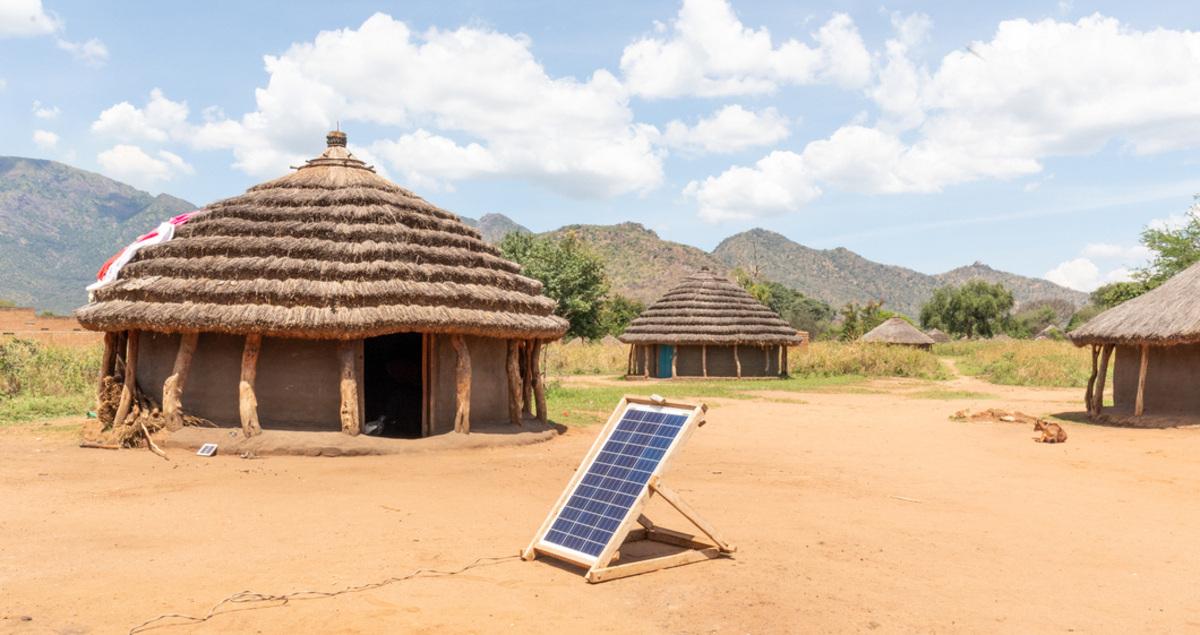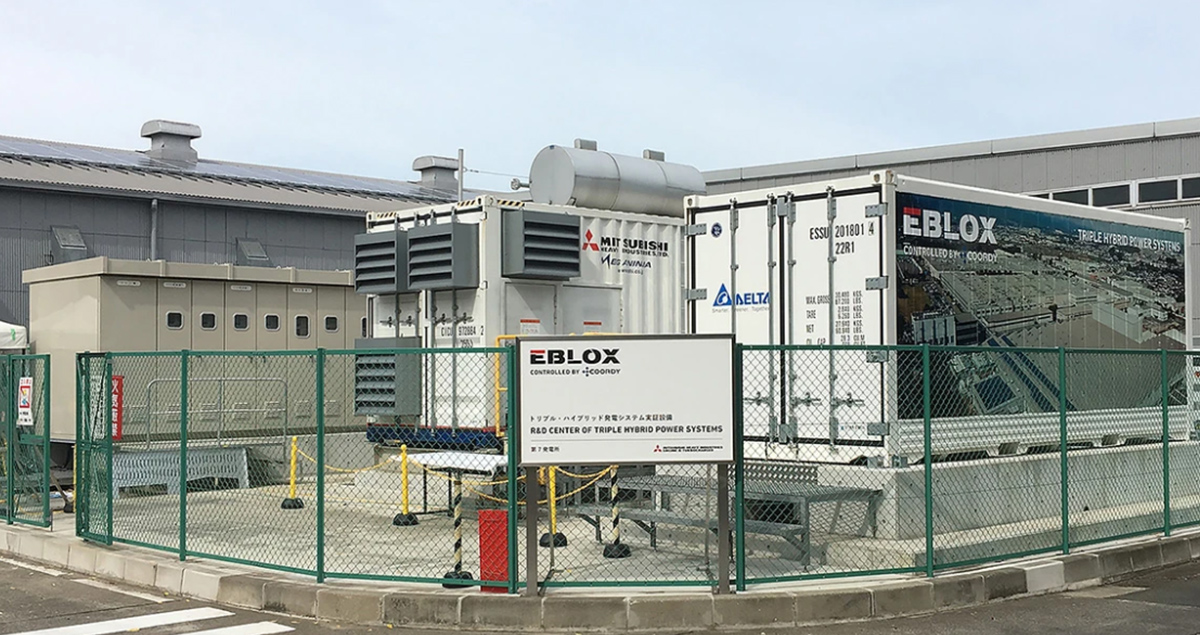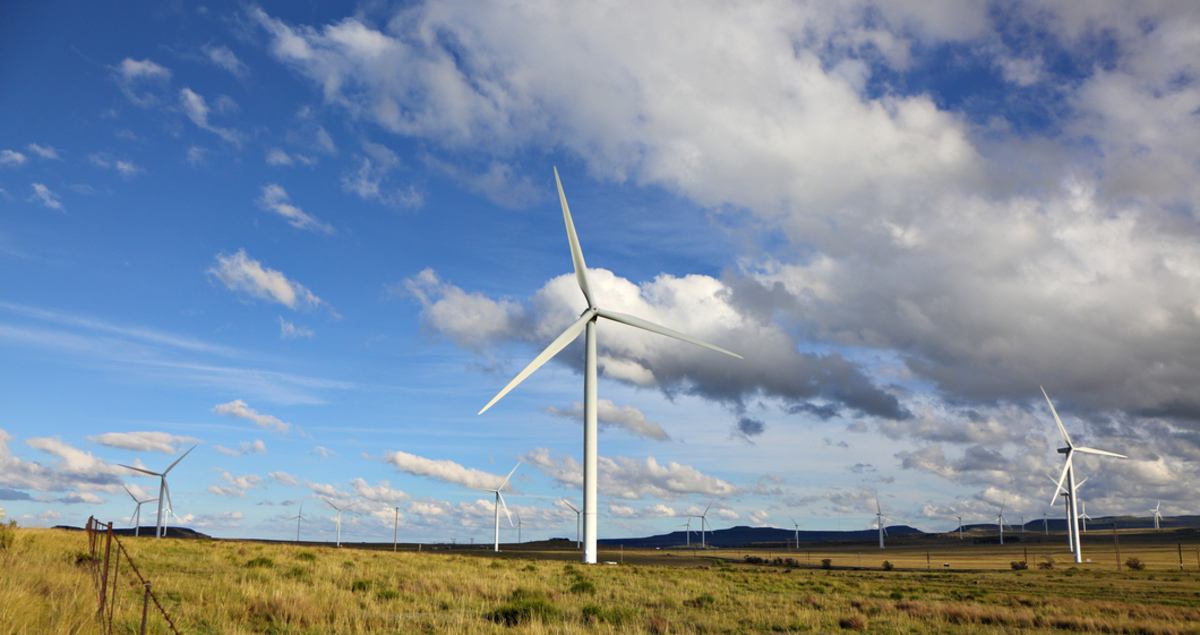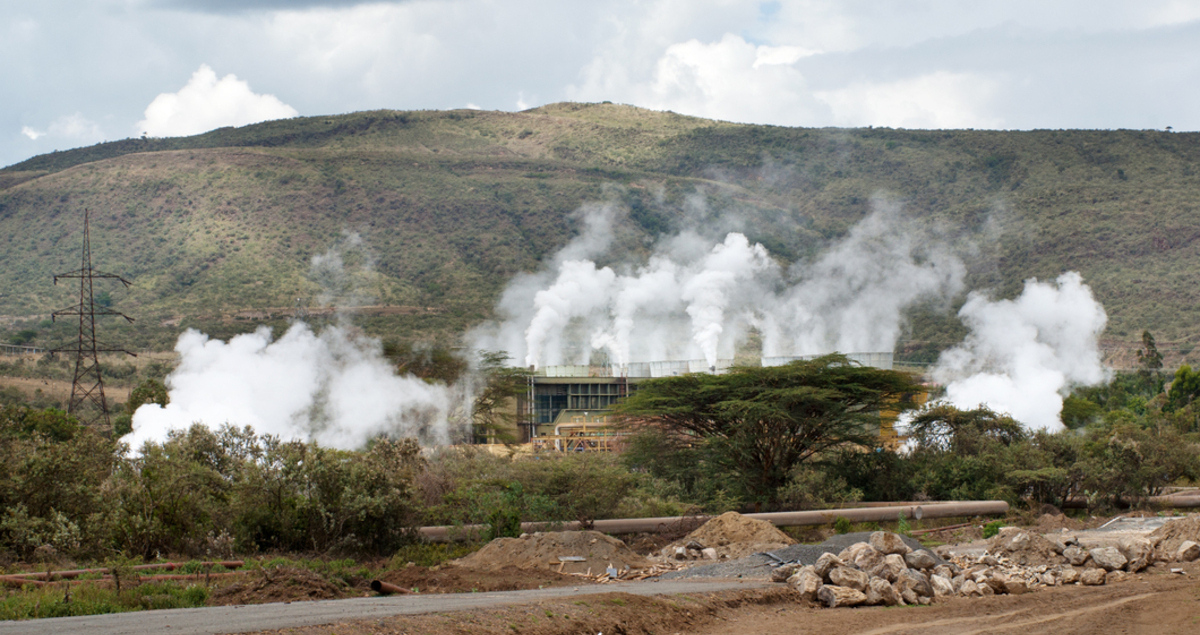Can Africa leapfrog the world with renewable electricity?

Close to 600 million people in Africa are still without power. While the number of people gaining access to electricity has doubled between 2000 and 2019, meeting the continent’s electricity needs remains something of a holy grail.
Where there is power on supply, it is often intermittent and comes at a high cost, making it a significant barrier to economic growth and development.
What is more, much of Africa’s electricity needs are still covered by fossil fuels and this is likely to continue for at least the next decade. Fossil fuels made up more than half of the African energy mix in 2018 and nearly 40% in sub-Saharan Africa.
African countries, therefore, face three challenges: first, providing a reliable electricity supply to more people; second, ensuring affordability; and third, reducing widespread reliance on high carbon-emitters – not least from burning firewood and using diesel generators for lighting and cooking.
Although paradoxical at first glance, this ‘energy trilemma’ – finding the balance between access, affordability and sustainability – could be solved in the medium term.
Just as the continent ‘leapfrogged’ fixed-line telecommunication infrastructure to move straight to mass mobile phone use, decentralized power generation using renewable energy could well be the answer for more widespread and decarbonized electrification.
“When we visited off-the-grid villages in Africa in February 2020, we felt that people had high hopes for the future of energy,” says Eiji Takahashi, project manager at MHI Engine & Turbocharger (MHIET), part of Mitsubishi Heavy Industries (MHI) Group.
“We witnessed their desire to improve their quality of life for things such as food storage and entertainment, and the desire for industrial machinery to develop their own town.”
Many roads to electrification
To date, a large share of progress in electrification in the continent has come through expanding traditional grid connections and centralized power distribution. However, the continent has also seen a rapid rise in the deployment of off-grid systems where centralized grids cannot easily bridge the gap.
“The strategy of some countries is to expand the grid through their regions from large power plants, but there seem to be many countries planning to construct small, distributed power plants to form relatively large microgrids,” says Takahashi.
“Furthermore, there is a surprisingly strong preference for renewable energy to reduce costs and emissions rather than to merely promote electrification.”
Home generation using solar panels and batteries has become a rolling success story.
Around five million people gained access to electricity through solar home systems in 2018, for example, alongside local micro-grids using a variety of technologies.
Mini rooftop solar installations typically consist of a small solar panel and a rechargeable battery that provides electricity for lights, radio and a phone charger. Rather than demanding up-front payments for the equipment, these systems operate on a pay-as-you-go basis. Users pre-pay for electricity with their mobile phones, and the electricity is cut off when funds run out.
At a slightly larger scale, micro-grids and mini-grids provide power for entire communities.
For example, hybrid systems such as MHIET’s Eblox combine renewable energy such as solar power with a reciprocating engine generator for backup and a battery for storage. Eblox can produce enough kilowatts to power between 500-2,000 households. If more output is needed, several of these systems can simply be linked together.
In addition to this, a growing number of heavy energy users, including mines, are replacing diesel generators with solar farms. Similarly, telecoms provider Orange has built its own solar power plants for cleaner, cheaper and more reliable power.

Toward decentralized, renewable electrification
Not only could Africa be leapfrogging the developed world in terms of moving directly to decentralized power generation, but it also has great renewable energy potential.
Renewables are set to play a leading role in meeting Africa’s growing demand, as it actually appears to be the least expensive way to achieve a universal electricity supply in many areas that grids won’t easily reach.
To date, the continent with the richest solar resources in the world has only installed five gigawatts of solar power – less than 1% of the global total.
However, as costs continue to fall, the International Energy Agency (IEA) expects double-digit growth from both utility-scale and distributed solar energy and other renewables. By 2040, the IEA projects solar power could overtake hydropower and natural gas to become the largest electricity source in Africa in terms of installed capacity, along with wind energy.
And many initiatives prove the point.
High-profile solar projects include the Benban and Kom Ombo solar parks in Egypt, and the Yeleen Project in Burkina Faso. All three have received significant international funding.
A handful of nations are also beginning to tap into the continent’s vast potential for wind power. The latest data from the Global Wind Energy Council (GWEC) shows South Africa leading in installed capacity in the Middle East and Africa, with a significant ramp-up in 2020. The only other sub-Saharan country among the top five wind energy leaders in the region is Ethiopia, following a major installation sprint in 2019, and Senegal racked up the second-highest number of new roll-outs after South Africa.

Yet, the current installed wind power capacity in Africa only accounts for a minuscule percentage of its potential. According to the International Finance Corporation, the continent has the ability to meet its own electricity demand 250 times over.
High-potential future markets for wind energy include Ivory Coast, Nigeria, Botswana, Cameroon and Mozambique. And these figures only cover land-based (onshore) wind power, not offshore potential.
Aside from wind and solar, Africa has another trump card: the East African Rift System, one of the largest geological rifts in the world and rich in geothermal energy. It stretches across central and southwest Africa, including Kenya, Tanzania, Mozambique, DR Congo and Ethiopia – offering those and any neighboring countries another energy source.
Kenya has been at the forefront of exploiting this potential. For example, MHI Group has been working for several years with local utility KenGen to provide steam turbines for the Olkaria I and II geothermal power plants in the Great Rift Valley.

Converting a large potential
With all the potential for addressing Africa’s energy supply gap sustainably and cost-effectively, the question is: how can electrification be accelerated?
The IEA suggests two strands of development: one is connecting more renewable energy sources such as solar and wind farms to the grid. The other is deploying decentralized solutions such as micro-and mini-grids, especially in rural areas, where the majority of the unserved live, and where grid access can be difficult to build out.
To realize these ambitions, Africa needs a significant scale-up in electricity sector investment, for which it currently ranks among the lowest in the world. This will require a mix of local and international commitment.
The rapid growth in green and sustainable finance could be an important catalyst for channeling development resources in the right direction.
Another opportunity may lie in the European Green Deal. This could see African countries – in particular those in the north – supply renewable hydrogen to the European Union. Not only would this replace their sizeable fossil fuel exports to Europe as a source of income, but it would also speed the continent’s own green transition.
It will take time, but momentum is building for Africa to take a big leap ahead.
Learn more about MHI-ET’s Triple-Hybrid power generation system





